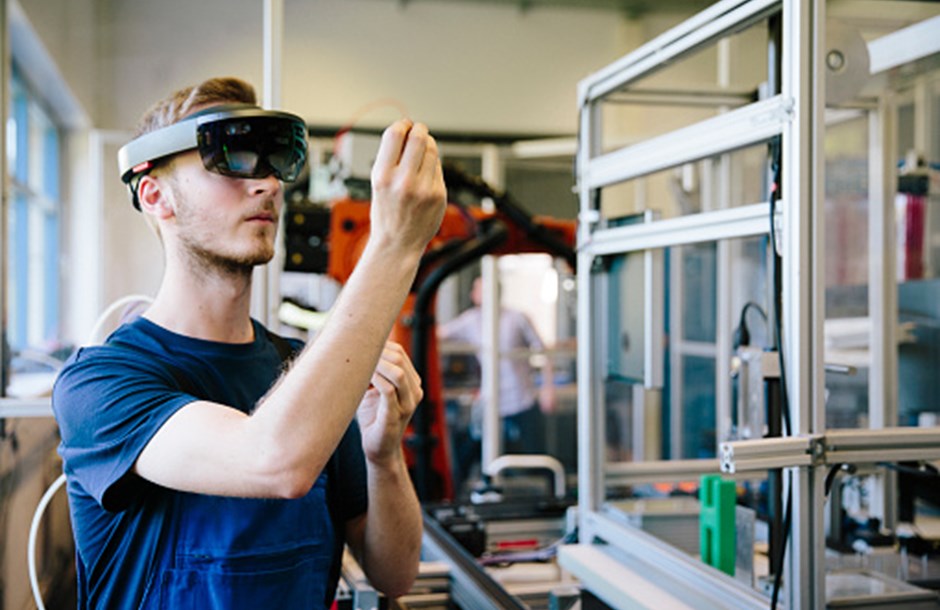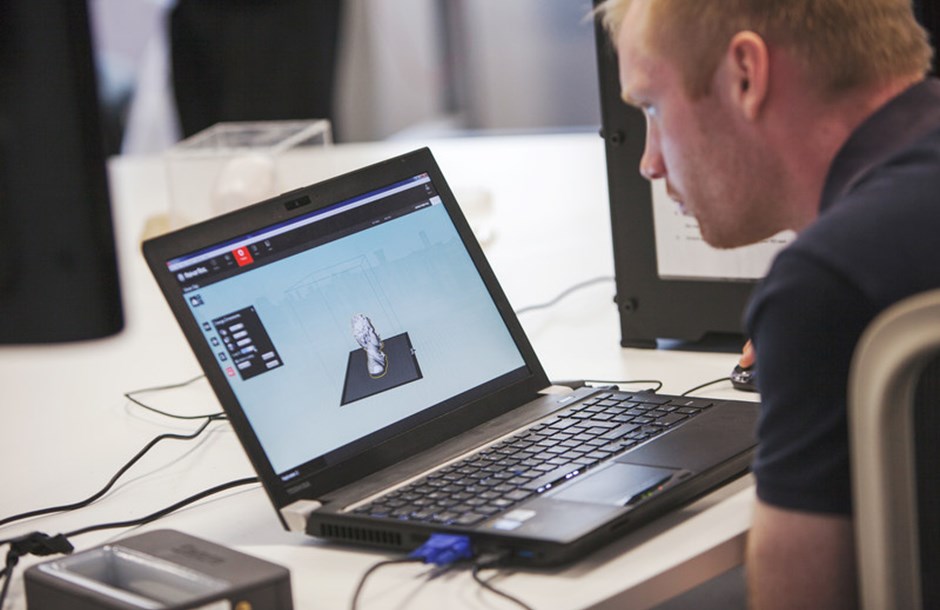Digital careers in construction

There is more to construction than purely physical skills or traditional materials. Like any other industry digital technology is playing an increasingly significant role in construction projects, and this guide will give you more insight into the digital careers available in construction.
What is digital construction?
Digital construction is the use of technology and digital tools in the construction process, from design to project planning, from the type of materials used to the way buildings are constructed. Any type of digital software or technology used as part of a construction process can be considered digital construction.
What are the digital technologies used in the construction industry?
The construction industry is changing to reflect the more common uses of digital technology. New skills are having an impact on almost every aspect of how a construction project works. As construction becomes more sustainable, digital technology is playing a major role in this shift, because it is more efficient and has a lower environmental impact than traditional materials or technologies.
Building information modelling (BIM)
Building Information Modelling (BIM) is when buildings and infrastructure are designed with the help of interactive digital models, rather than traditional paper blueprints. It’s an important development as it means closer collaboration between contractors and clients as they can all see the design and all the information related to it, as well as ask questions and suggest changes.
Virtual and augmented reality (VR and AR)
Developments in VR and AR mean more efficient planning for construction projects because designers can show clients what their building will look like before work has begun. More complex aspects of projects can also be visually demonstrated, aiding transparency, and helping to reduce material or labour wastage.
Artificial Intelligence (AI)
AI is about using machines or software that can copy human functions and process enormous amounts of data. In construction, this could be robotics or machines that take on the manual labour of a project to save time and money, or programmes that take data and turn it into 3D models of projects, so they can be analysed for safety and cost-effectiveness before they are physically built.
Internet of Things (IoT)
IoT is now a well-established part of a construction site’s toolbox. IoT sensors can be used for environmental monitoring (air temperature, noise levels, water quality) or to check for security breaches and operational irregularities.
3D printing
3D printing helps to create scaled-down complex or bespoke design structures, reducing material and labour costs and producing less waste. It might also allow for construction to be completed in environments not suitable for people to work in or used to reduce accidents.
Drones
Drones (or unmanned aerial vehicles) are a valuable tool for a wide range of construction professionals, especially those involved in site management or surveying. Drones can be used for aerial surveys and inspections, to highlight health and safety issues or to monitor project progress.
Mobile technology and cloud computing
Mobile technology, including apps and instant messaging software, has improved communication and time management on construction sites. Cloud computing platforms allow documents to be shared and updated in real-time by anyone in a project team, making project management much more efficient.
Digital construction careers

Architectural technician
An architectural technician specialises in presenting building designs using technology. They provide technical guidance to clients and liaise with the construction design team to bring new structures to life. Architectural technicians work with architects to help develop building models, ahead of construction taking place.
CAD technician
A CAD technician uses computer software to produce 2D and 3D drawings for construction and manufacturing projects. CAD technicians or operators design buildings, machinery or component parts. They take complex information and use it to produce technical building diagrams for architects, engineers and other construction workers. Find out what working as a trainee CAD technician is like.
Machine learning engineer
Machine learning engineers design the software and create the algorithms that enable machines to understand and interpret large volumes of data, and then recommend actions. Machine learning is increasingly being applied in construction, playing a role in generative design, risk management and health and safety mitigation.
Cloud architect
Cloud architects are responsible for designing a company’s cloud infrastructure strategy – deciding what solutions are needed, and how they integrate and maintain the cloud architecture once it is established. Cloud architects do not build or engineer the systems themselves, just ensure that they are adopted and effectively managed.
BIM manager/ technician
A building information modelling technician or manager will use computer software and technologies to gather information about a project and produce a model in multiple dimensions. BIM managers work with designers, clients and architects to make sure production materials and designs are created and managed efficiently during a project. Read our case study on working as a BIM coordinator.
Technical co-ordinator
A technical co-ordinator handles the technical aspects of a project. Depending on the area of construction, technical co-ordinators could be handling enquiries, helping to produce and interpret technical diagrams, plans and paperwork, drawing up delivery schedules, and dealing with project administration.
VR/AR developer
Virtual Reality and Augmented Reality developers create the immersive 3D applications that the construction industry increasingly uses to demonstrate project designs. VR and AR developers use their knowledge of programming languages like C#, Java, Python and C++ to build these hugely impressive interactive environments.
3D printing technician
3D printing technicians produce the 3D printed items that are helping to transform the sustainability of the construction industry. Working closely with 3D visualisers and BIM modellers, these highly skilled professionals learn how to operate, service and repair 3D printing machines. 3D printing technicians could be making models, prototypes and actual parts of buildings.
Drone operator/pilot
A drone operator is not necessarily the person flying the drone, but they can be. Operators are the person or organisation registered with the Civil Aviation Authority as the owner of the drone. Pilots or flyers have to pass a theory test to qualify for a Flyer ID and will be skilled users of drone flying software and 3D visualisation packages.
Digital construction week
If you want to stay up to date with the latest tools, technology and ideas that are changing the way the world is built, the event to go to is Digital Construction Week. Held at ExCel London in June each year, you will meet the companies and people driving architecture, design and construction forward.
Ready to explore a digital career in construction?
Find out more about the different types of digital careers available within the industry:
- Browse Go Construct’s range of over 170 job profiles
- Read more on the job stories of people working in construction
Find out about sustainable careers in construction
